16 Sep Book Review on Chikankari Embroidery, A Lucknawi Tradition by Paola Manfredi
Chikankari Embroidery, A Lucknawi Tradition.
As I turned the pages of Paola Manfredi’s pioneering book on the past and present of Chikankari Embroidery, one of the most luxurious and evergreen traditional embroideries from the Indian Subcontinent, I feel proud of the culture that has patronized the excellent details and flair for this artistry. Nonetheless, the attention to detail is so nuanced( whether it is a small-cap or a full bodice) that I believe it will be an injustice to the research and images shared in the book if one attempts to discern everything in one read.
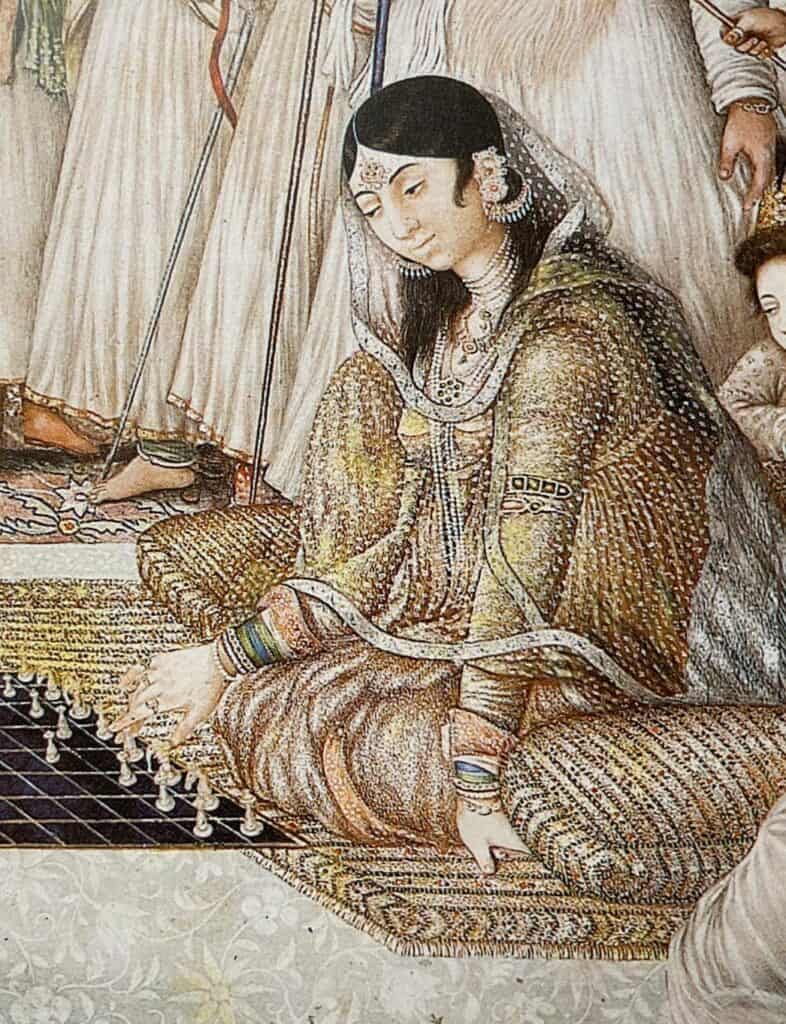 From documenting the charming stories of its origin starting from the Begum from Murshidabad, creating the tiniest repertoire of stitches on the finest ever woven muslins to impress her king. The book shares how this extraordinary craft evolved into a global identity that has become synonymous with the city of Lucknow. The author has given a voice and name to the organizations and human supply chains who have kept the romanticism, authenticity, and craft alive for so many years! Rather, a few centuries! The images of old chikankari shared in the book, both the embroidery and art of dress-making, signify a luxurious fashion statement, most remarkable indeed! Nothing even close to how we perceive luxury nowadays.
From documenting the charming stories of its origin starting from the Begum from Murshidabad, creating the tiniest repertoire of stitches on the finest ever woven muslins to impress her king. The book shares how this extraordinary craft evolved into a global identity that has become synonymous with the city of Lucknow. The author has given a voice and name to the organizations and human supply chains who have kept the romanticism, authenticity, and craft alive for so many years! Rather, a few centuries! The images of old chikankari shared in the book, both the embroidery and art of dress-making, signify a luxurious fashion statement, most remarkable indeed! Nothing even close to how we perceive luxury nowadays.

I shall share some valuable information and beautiful images of Chikankari embroidery in this article and then leave it to Mira Gupta to share more on it in a series of articles. Mira is an expert in luxury craft and design. She recently had an opportunity to interview the author of this book.
I would love to start by sharing two notable observations from my personal experience working with various masters of Chikankari embroidery in Lucknow.
1) It belongs equally to the Hindus as well as Muslims of Lucknow. Both the communities practice it as their proud inheritance.
2) It gives a fair glimpse into the style and fashion of Indian men during the late 18th century and later. Their style of dressing has consecutively inspired some of the styles of ethnic wear for Indian women. I will discuss more on this later in the article.
Chikankari Embroidery: An Iconic Indian Embroidery with a Regal Connection
In 1903, George Watt wrote: “Lucknow chikan work is the most artistic and most delicate form of what may be called the purely indigenous needlework of India.”
In the annals of history, from the18th century and up, Lucknow is one of the few Indian cities that flourished in art, music, and culture. The Lucknawi lifestyle came to define class, taste, and the most famous of all the Lucknawi etiquette, which comes from the rich and royal Nawabi heritage of Lucknow ( You have to experience the benevolence in Lucknawi people’s hospitality to get a gist of this all :))
During the Nawabi era, in the atmosphere of wealth and sophistication, various arts and crafts, particularly embroideries of several kinds, flourished. There were royal workshops that patronized exquisite skills in embroideries in pure gold and silver threads on velvets, silks, and fine muslins. Among all the embroideries, Chikankari embroidery, with its intricate yet delicate white on white stitches on fine muslin, epitomized Nawabi and Lucknawi culture.


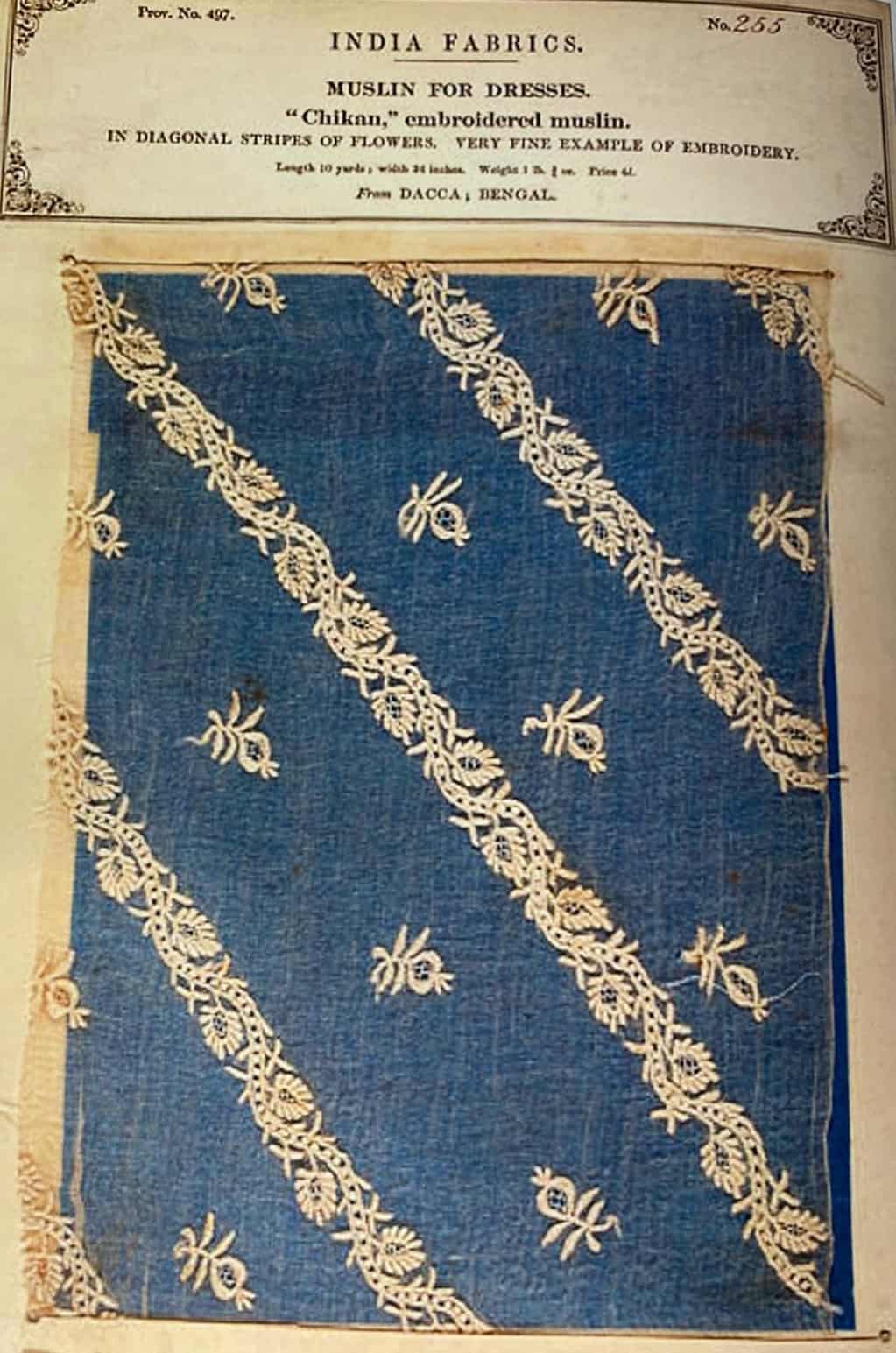

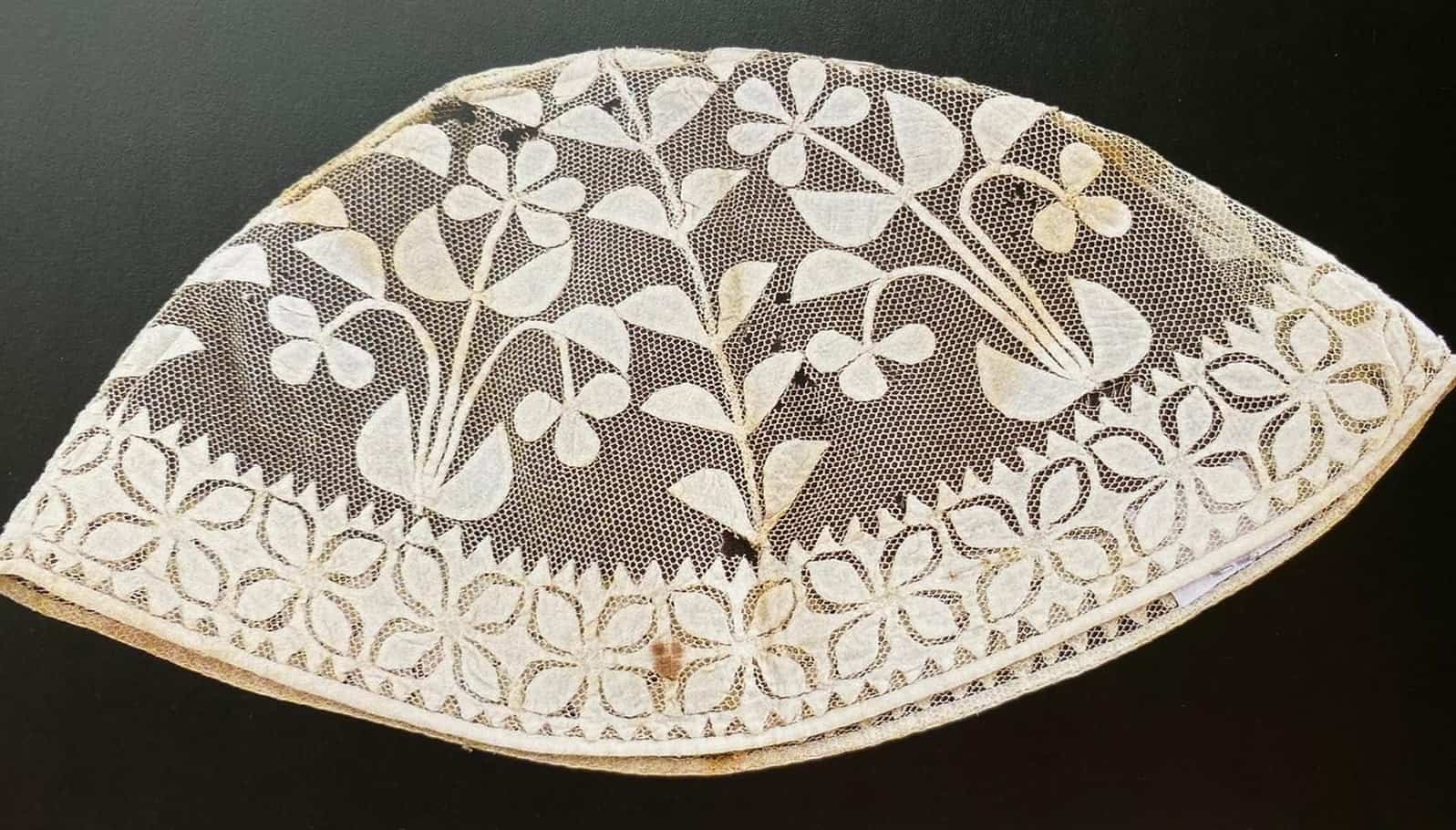
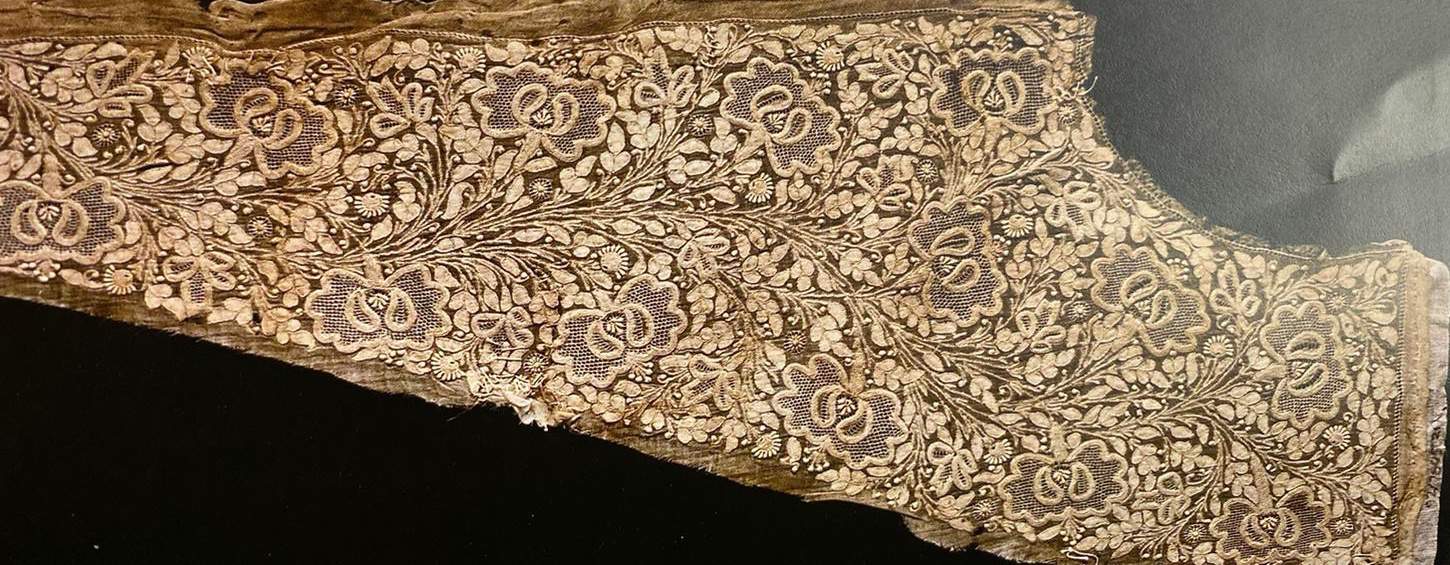
Tereza Kulkova, an anthropologist who did extensive research on the subject, defines identities: “Chikan is associated with wealth, style and taste, extravaganza, finesse, delicacy, but even honor, respect and power.”
Female Oriented stories of Origin in India
Mughal Empresses Nur Jahan and, at times, Mumtaz Mahal, renowned for their refined aesthetic and Persian cultural background, initiated this tradition by commissioning master artisans to transfer and interpret the decorative elements found on Isfahan mosques and palaces onto delicate stitchery.
In another female-oriented story, the credit for introducing the art of chikan embroidery to Lucknow goes to an anonymous princess from Murshidabad. To use her time fruitfully and impress her husband, this noble lady embroidered a lovely cap on delicate muslin. Soon, the other ladies followed her in their envy to attract the attention of the Nawab.
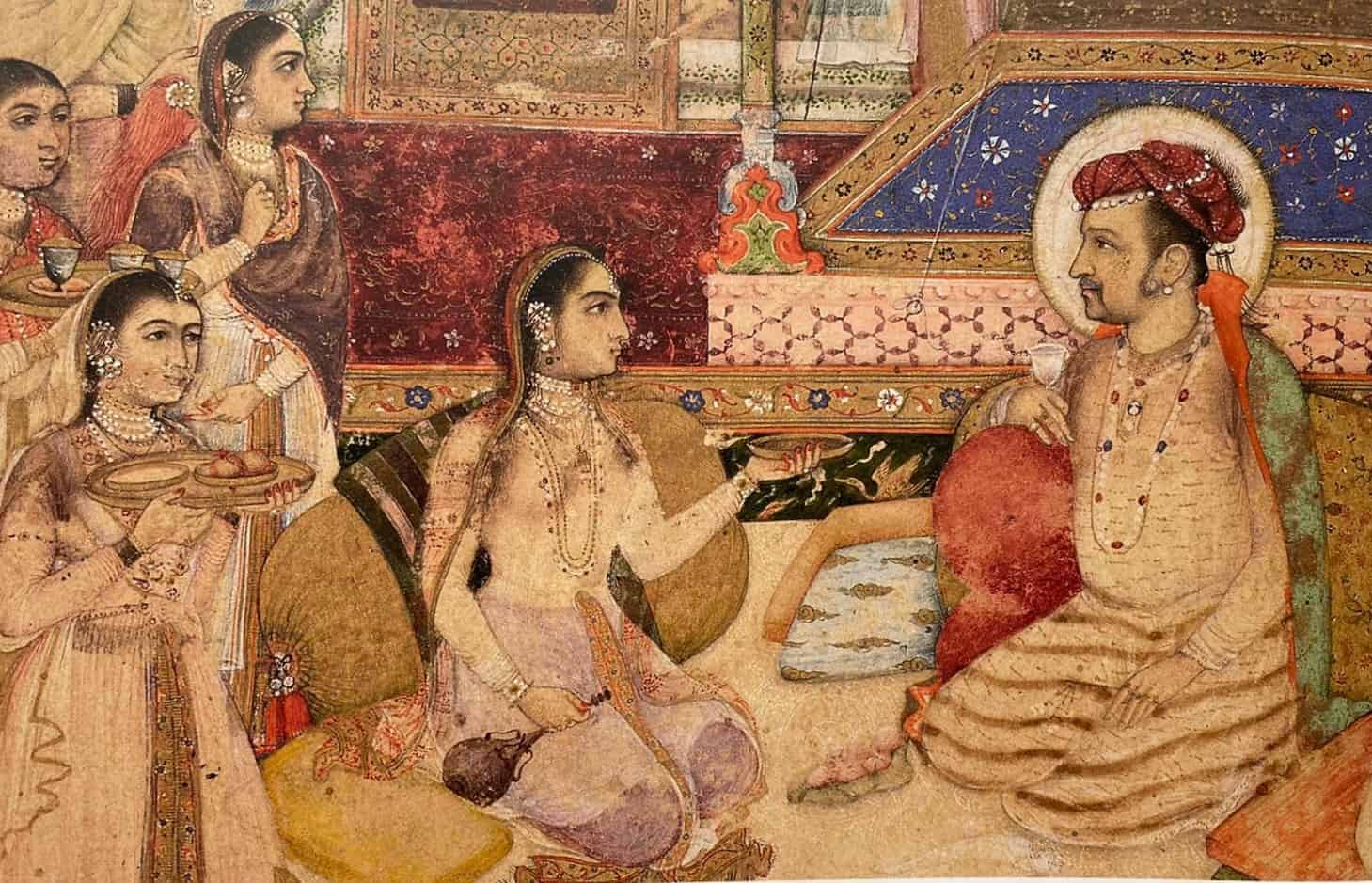
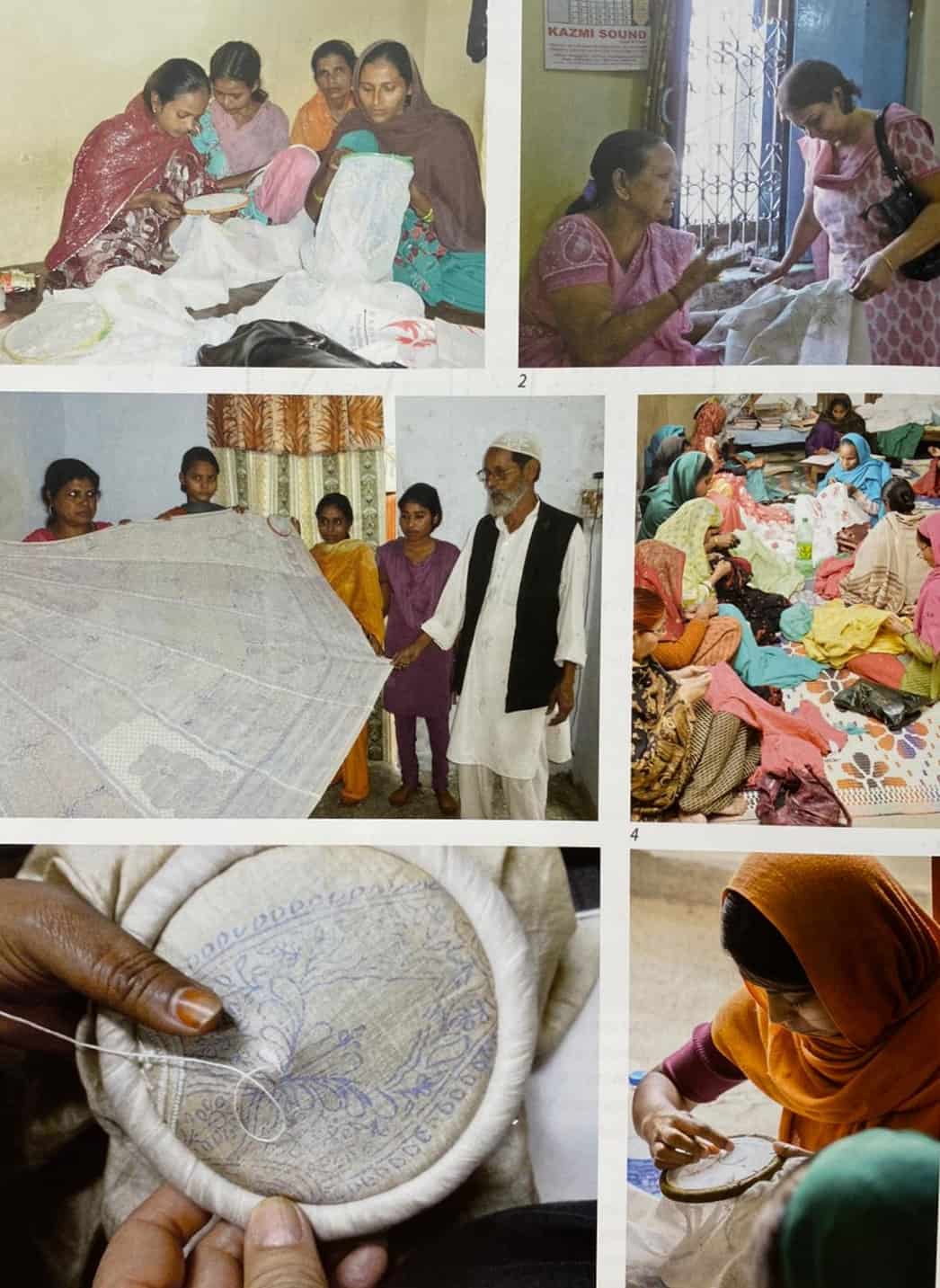
On the one hand, the past of Chikankari is related to the splendor of Nawabs’ courts; On the other hand, its preset is associated with the exploitation of skilled women embroiderers
who work for meager wages for subsistence. Under the Nawabs, the embroiderers working at the royal workshops were mostly men, who created exclusive pieces for their luxurious clientele. However, with time, men shifted their roles in the supply chain, and the embroidery work went to the women embroiderers, who remain confined to domestic spaces on small wages.
However, in recent years, with the efforts of many NGOs, entrepreneurs, and small family-run organizations, women are increasingly leading the design and commerce associated with chikankari bringing more transparency and impact to the supply chains.
Chikankari Embroidery – A peek into Men’s taste in fashion during the Nawabi era.
As Paola Manfredi shares in her book, during her extensive research for chikan embroidery specimens, she was able to find extravagant and detailed chikan embroidered dresses of men instead of those for women. She shares how the men at the court loved finely embroidered sheer muslins from Bengal in their royal apparel. The cloth was so fine that the skin was visible through the fabric. The white on white embroideries done on white translucent materials was a significant trend to the extent that the degree of transparency in the fabric identified its weaver’s proficiency.
The men at the court covered their heads with muslin caps, adorned with delicate chikan embroidery. They covered their bodies with different styles of embroidered angrakhas (bodices), and legs with wide and long pajamas and draped themselves in embroidered scarves of muslin or tulle.
I will conclude this article with images of chikan embroidered caps, bodices, and scarves to study and admire the details of the intricacy of the embroidery and the nuances of dress-making involving tricky embroidery placements and hand sewing as a part of royal garment construction.
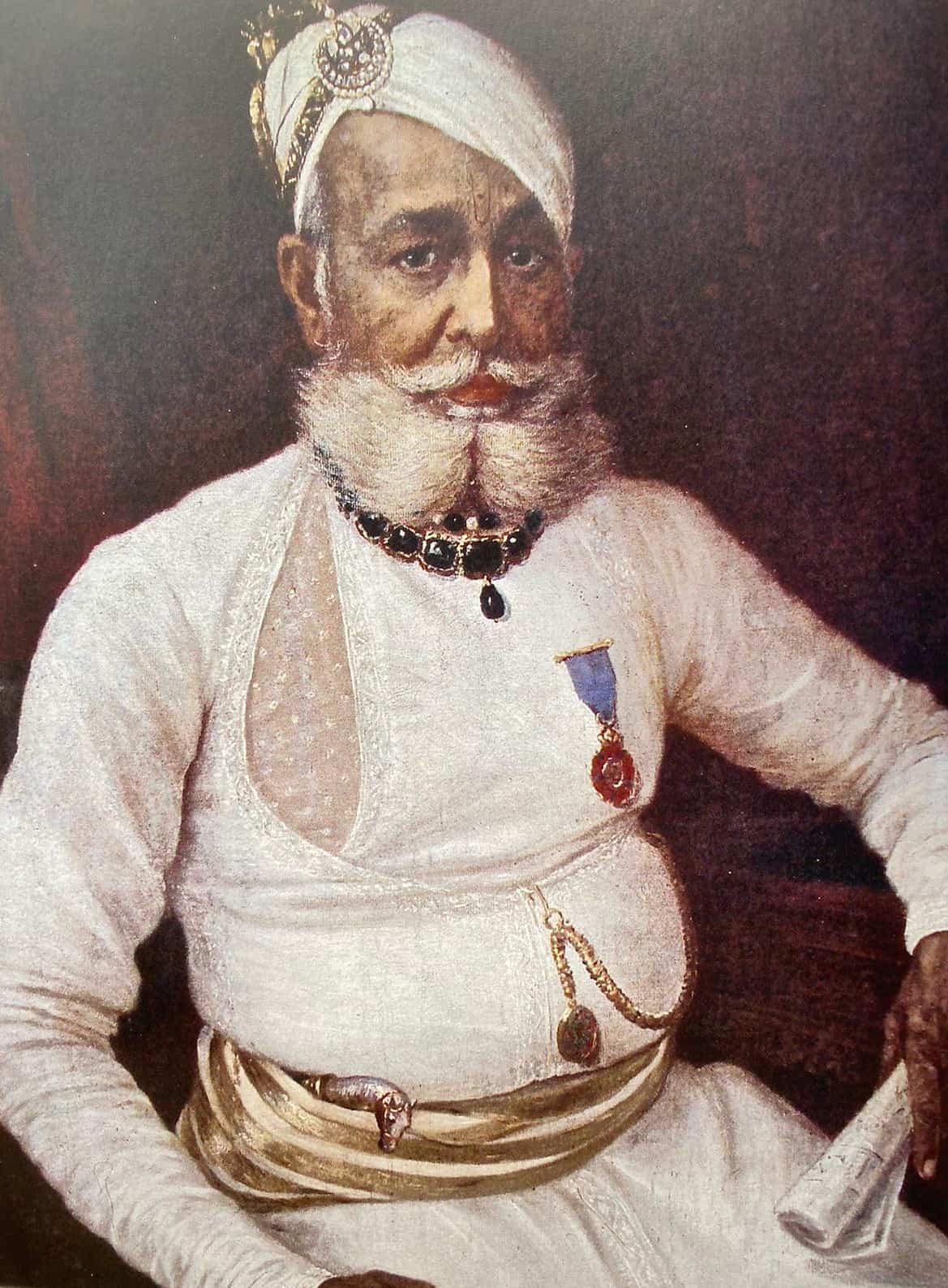
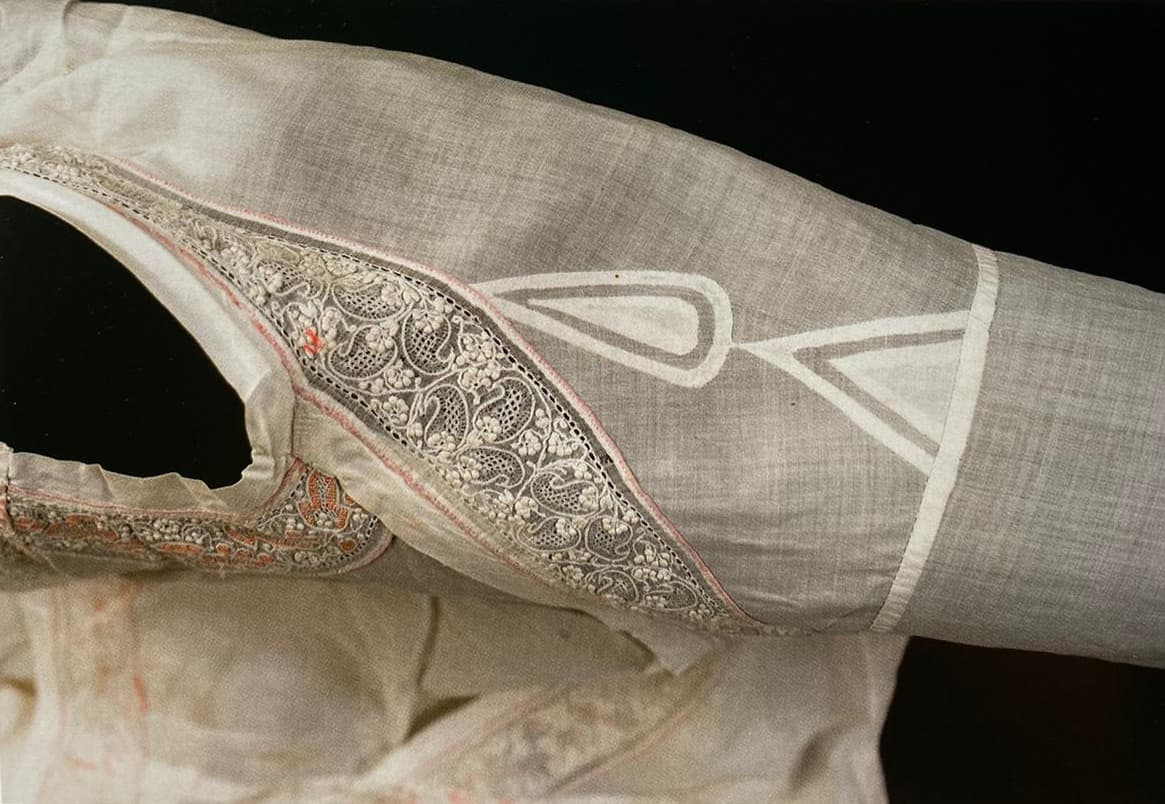
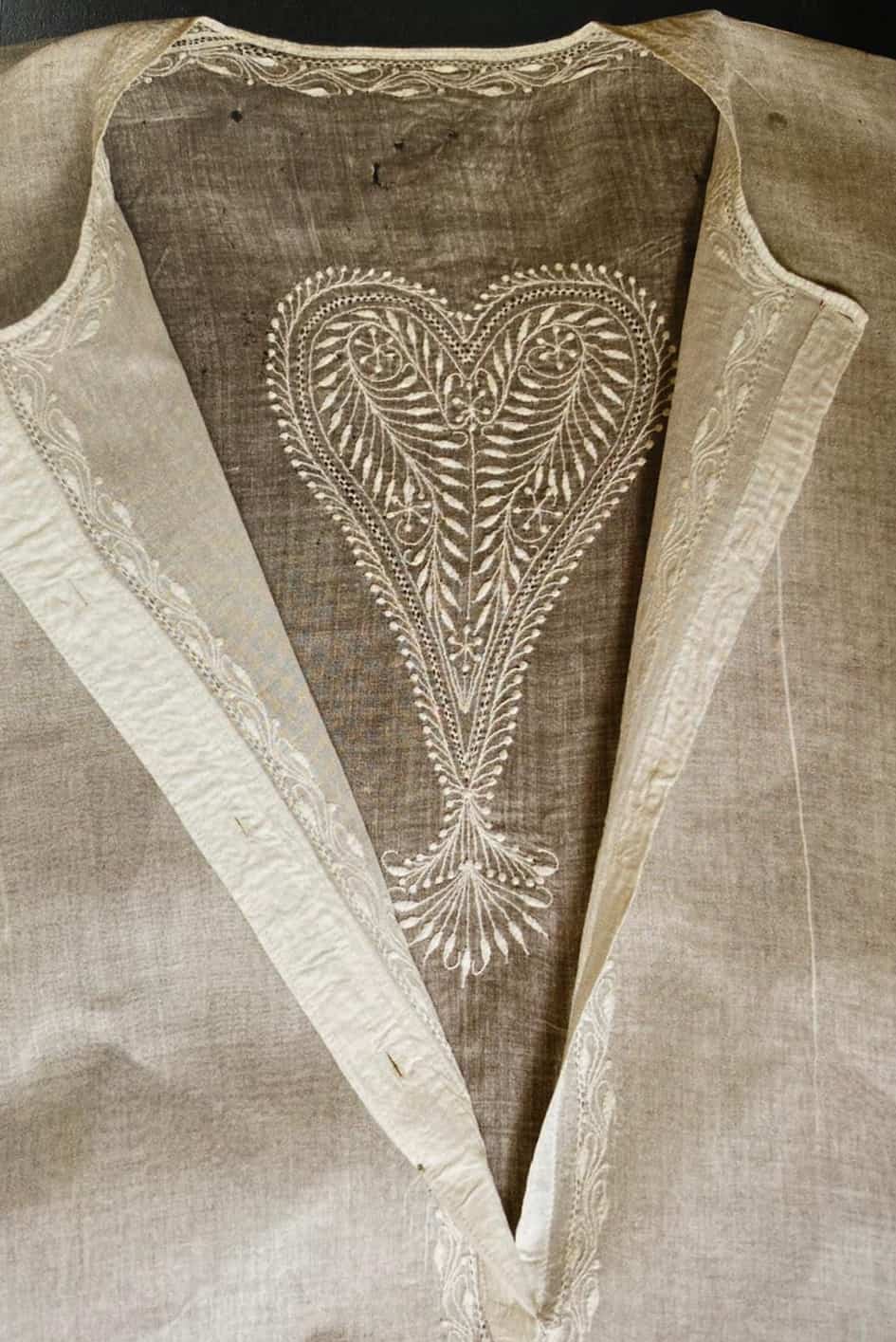
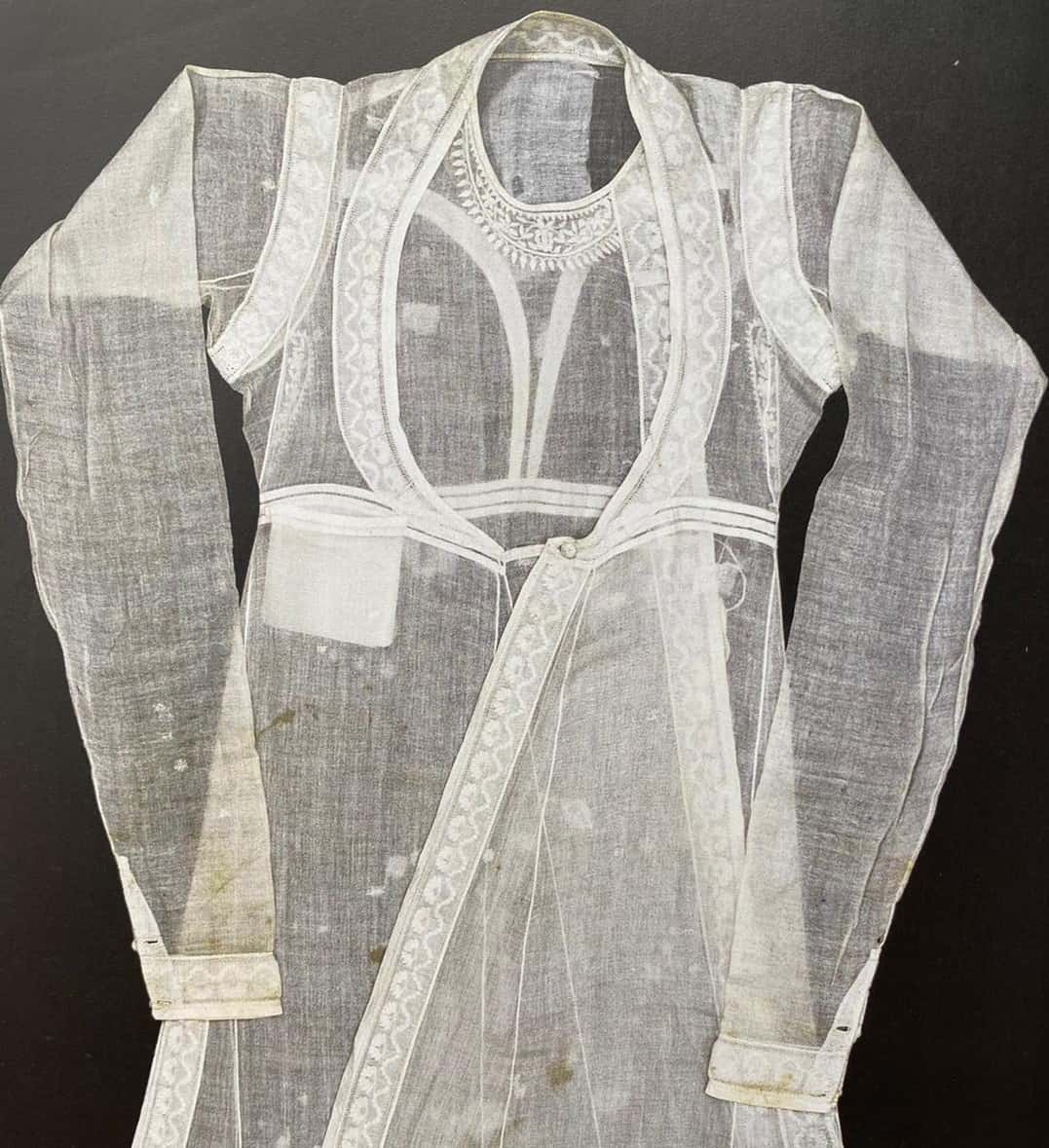

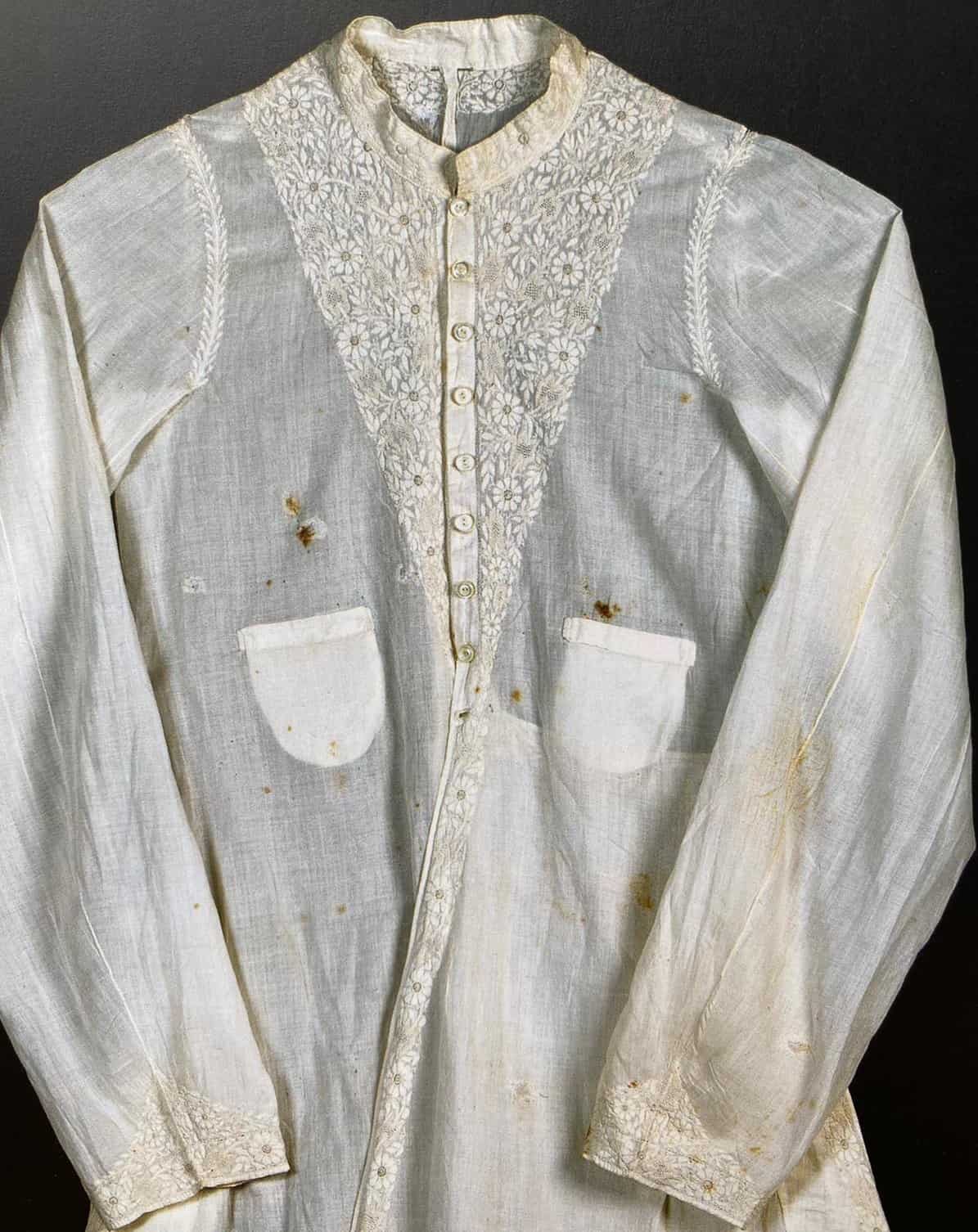
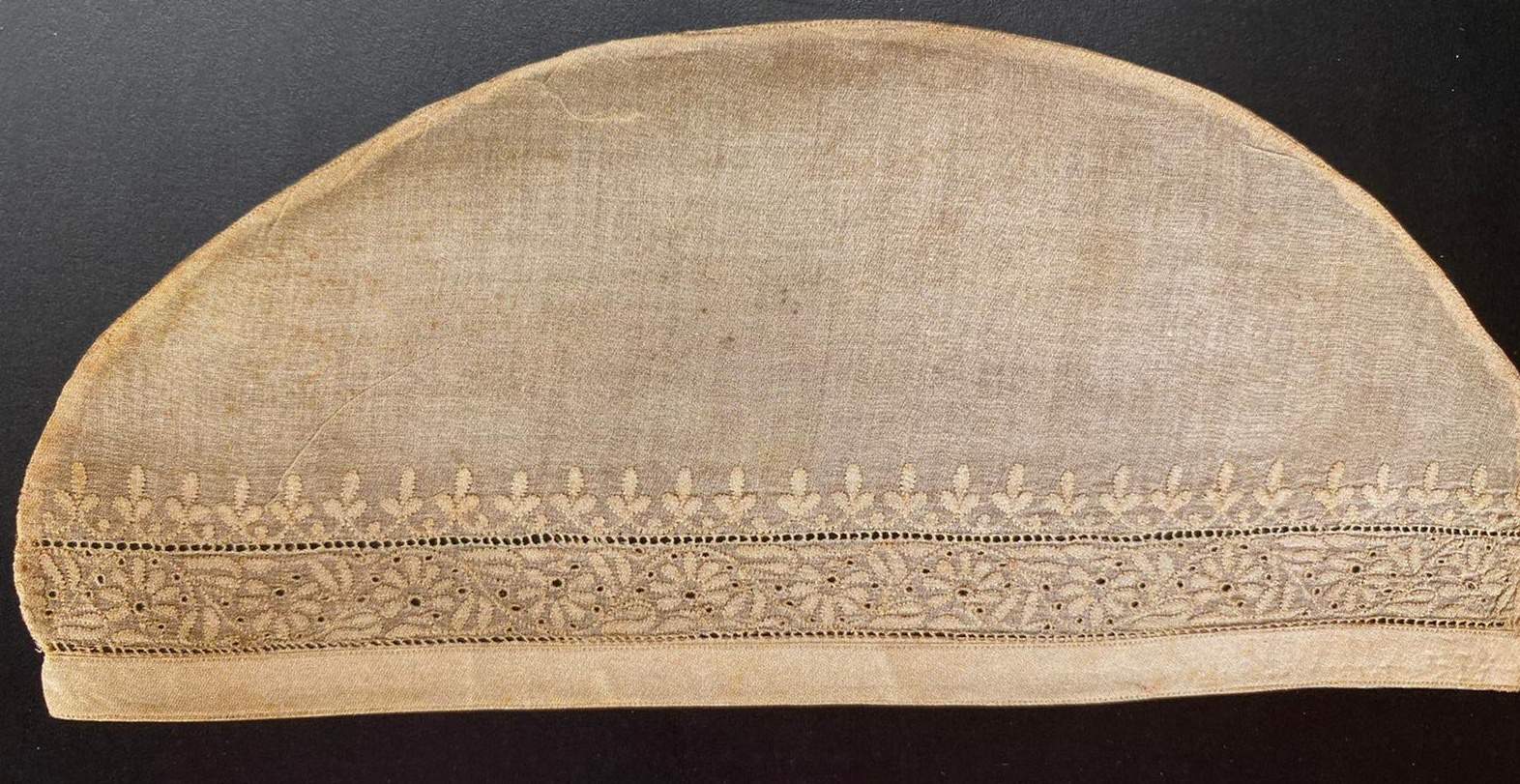
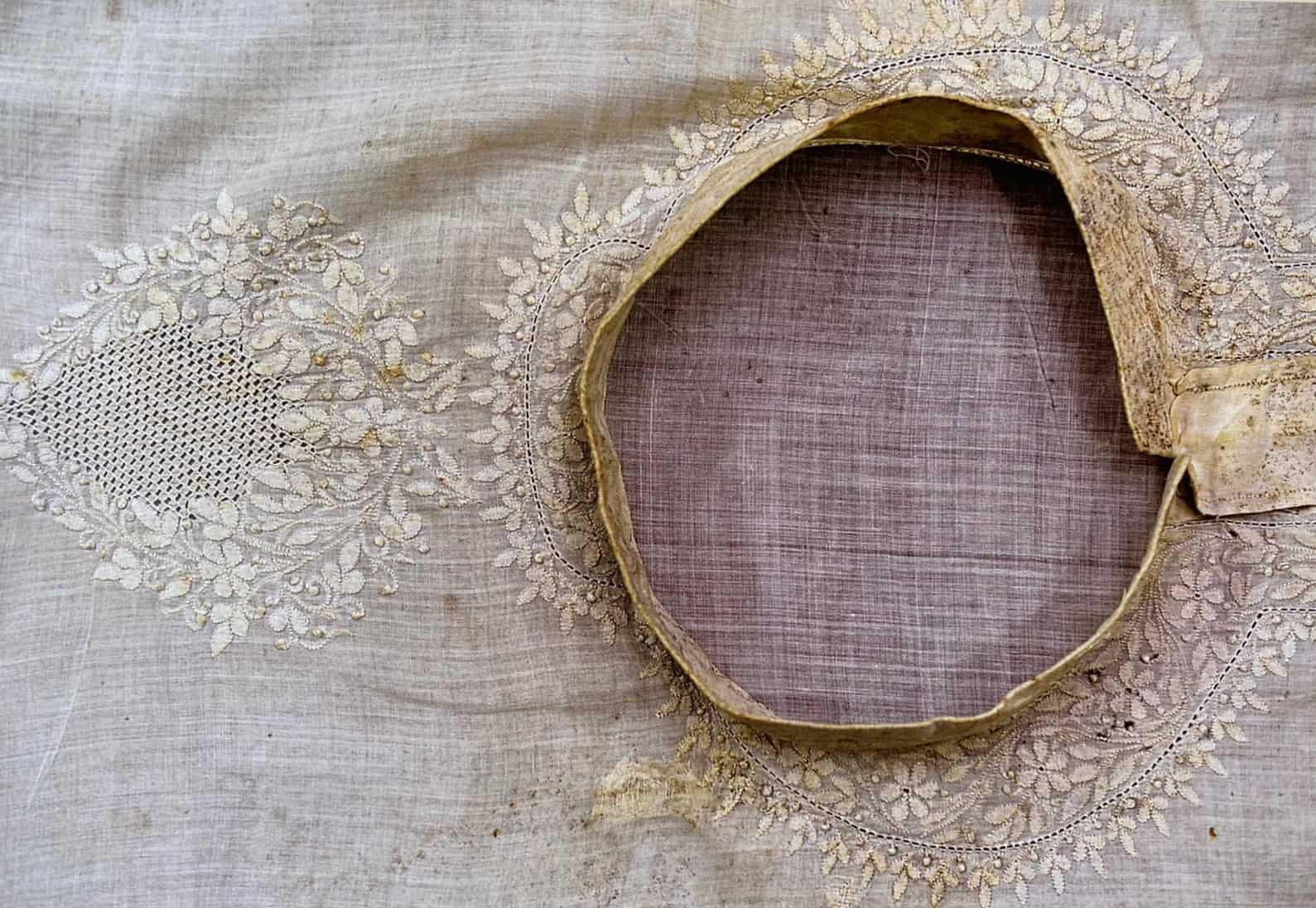
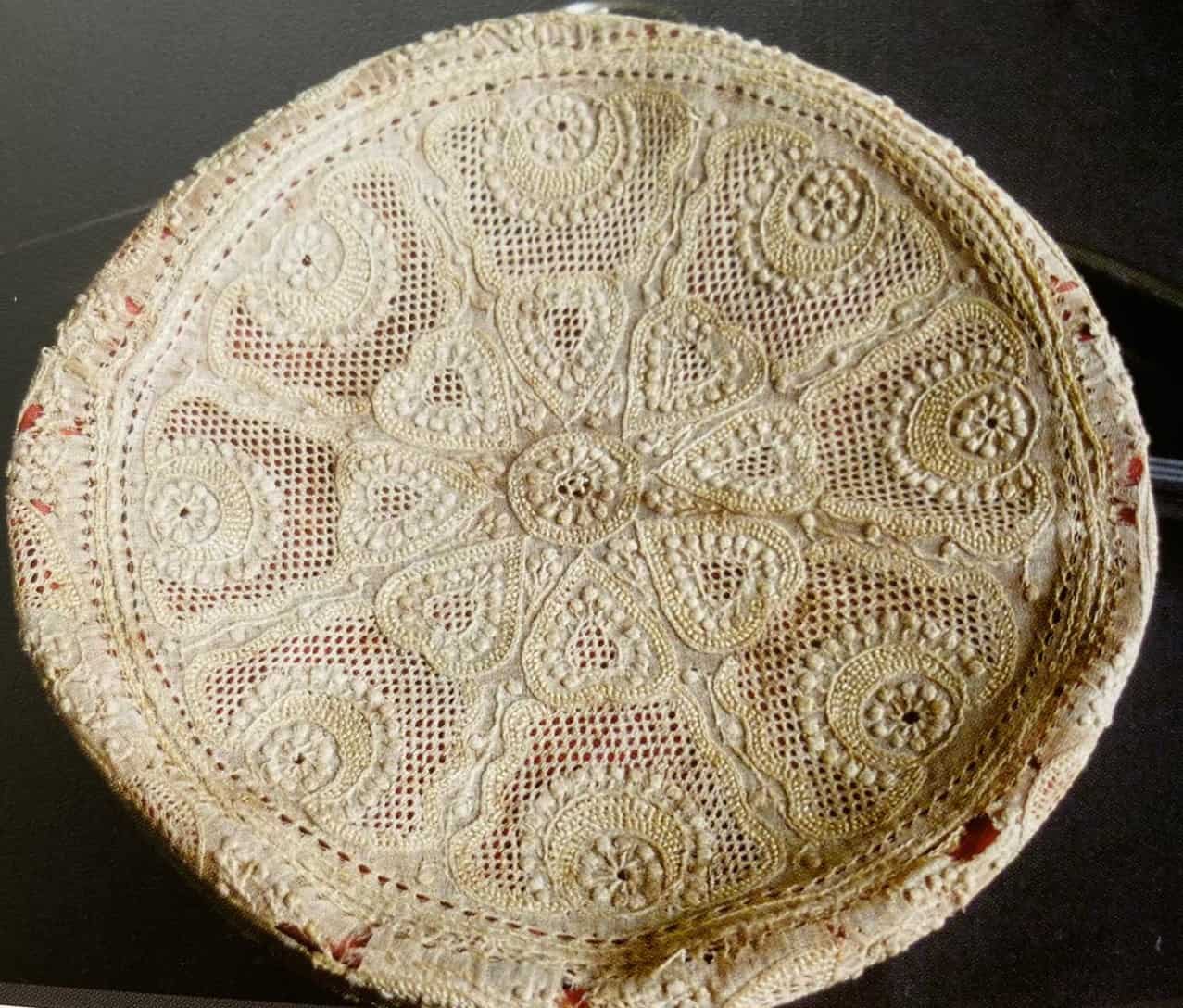

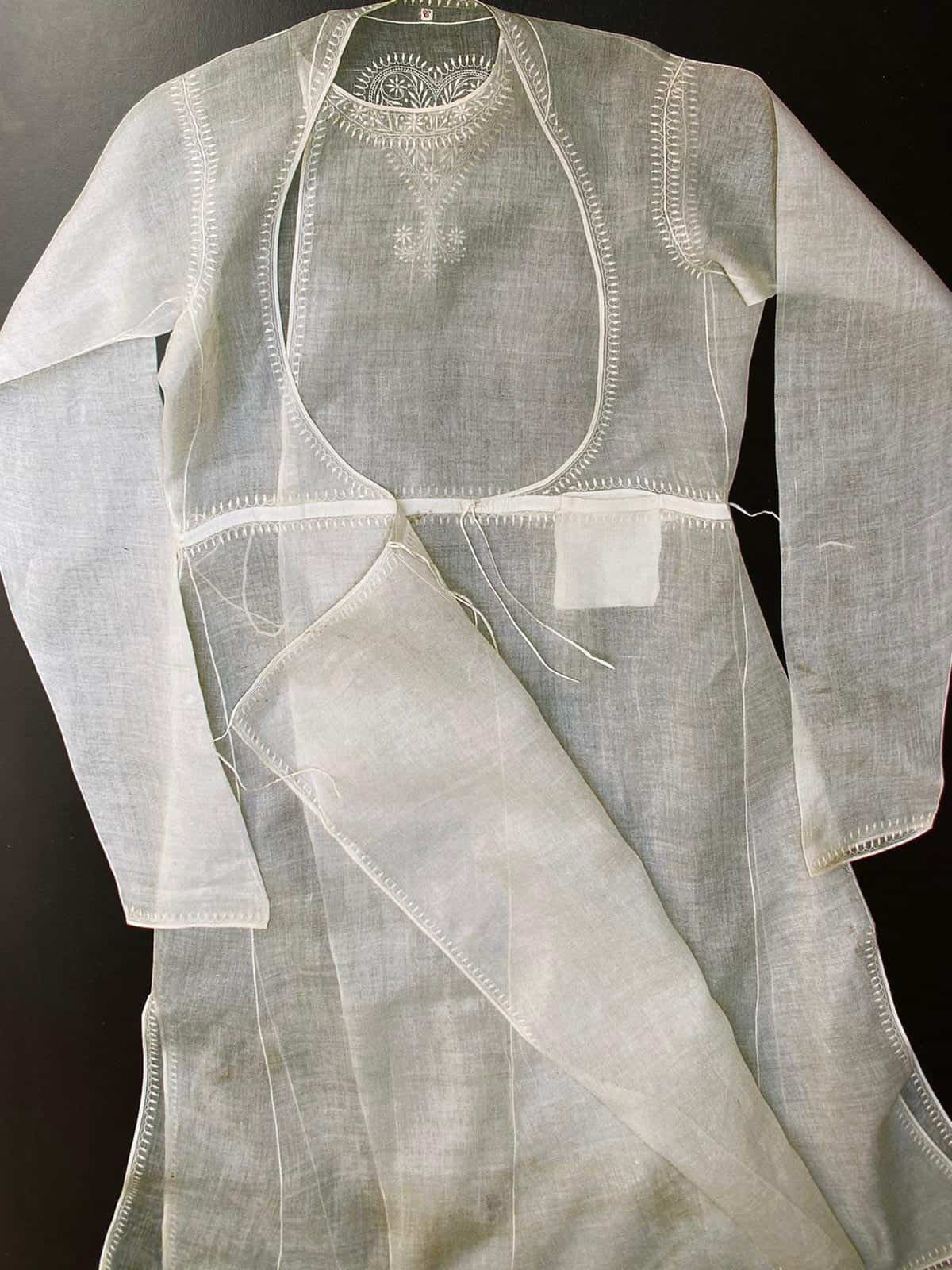
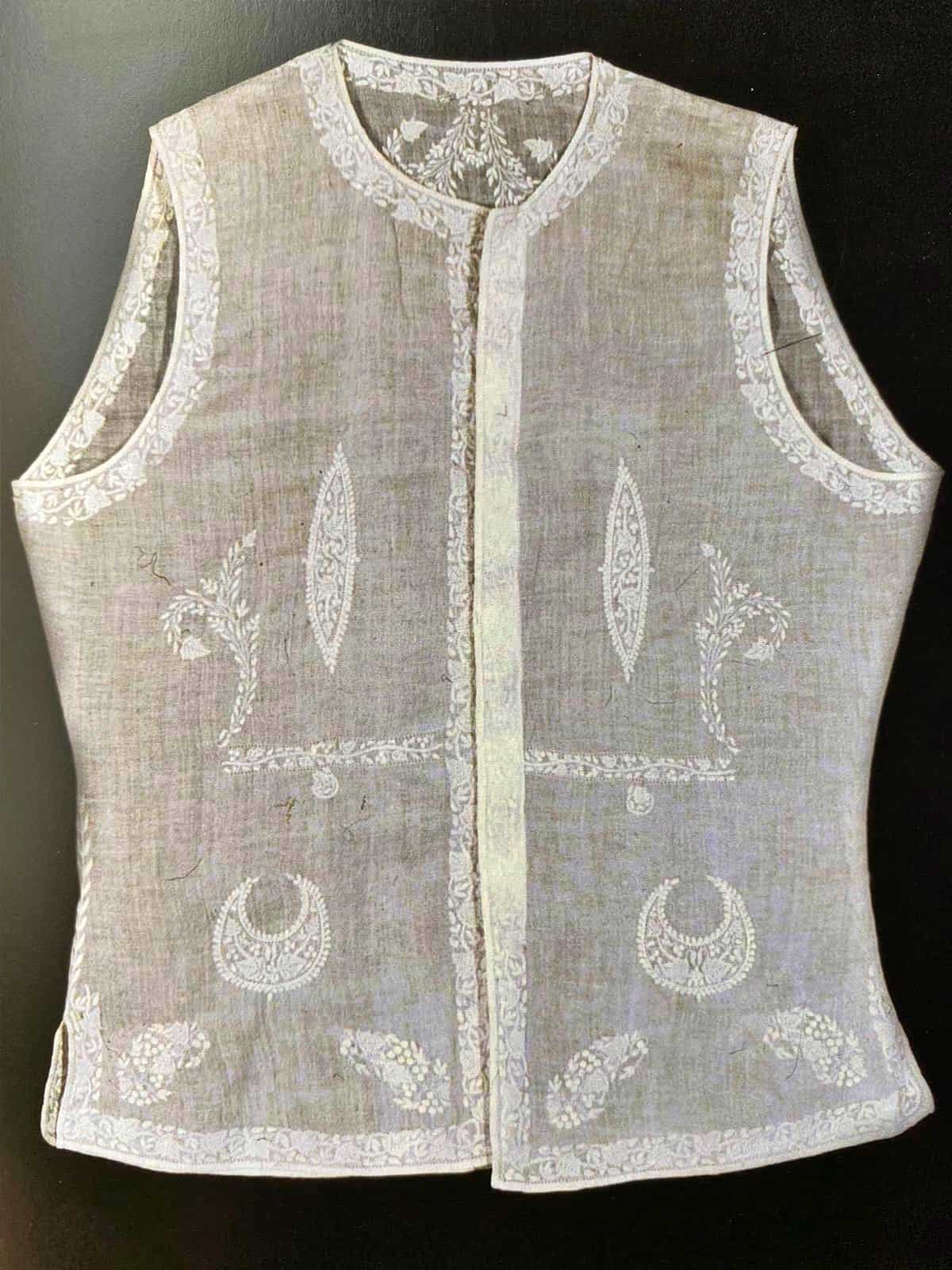

Also, Checkout
ABOUT THE AUTHOR
 Nidhi Garg Allen is an alumnus of Parsons School of Design and Adjunct Professor at the Fashion Institute of Technology. She is a technologist turned artisan entrepreneur and the founder and CEO of Marasim. Marasim based in NYC is committed to preserving artisanal textiles that make use of regional techniques without uprooting craftspeople from their native communities
Nidhi Garg Allen is an alumnus of Parsons School of Design and Adjunct Professor at the Fashion Institute of Technology. She is a technologist turned artisan entrepreneur and the founder and CEO of Marasim. Marasim based in NYC is committed to preserving artisanal textiles that make use of regional techniques without uprooting craftspeople from their native communities


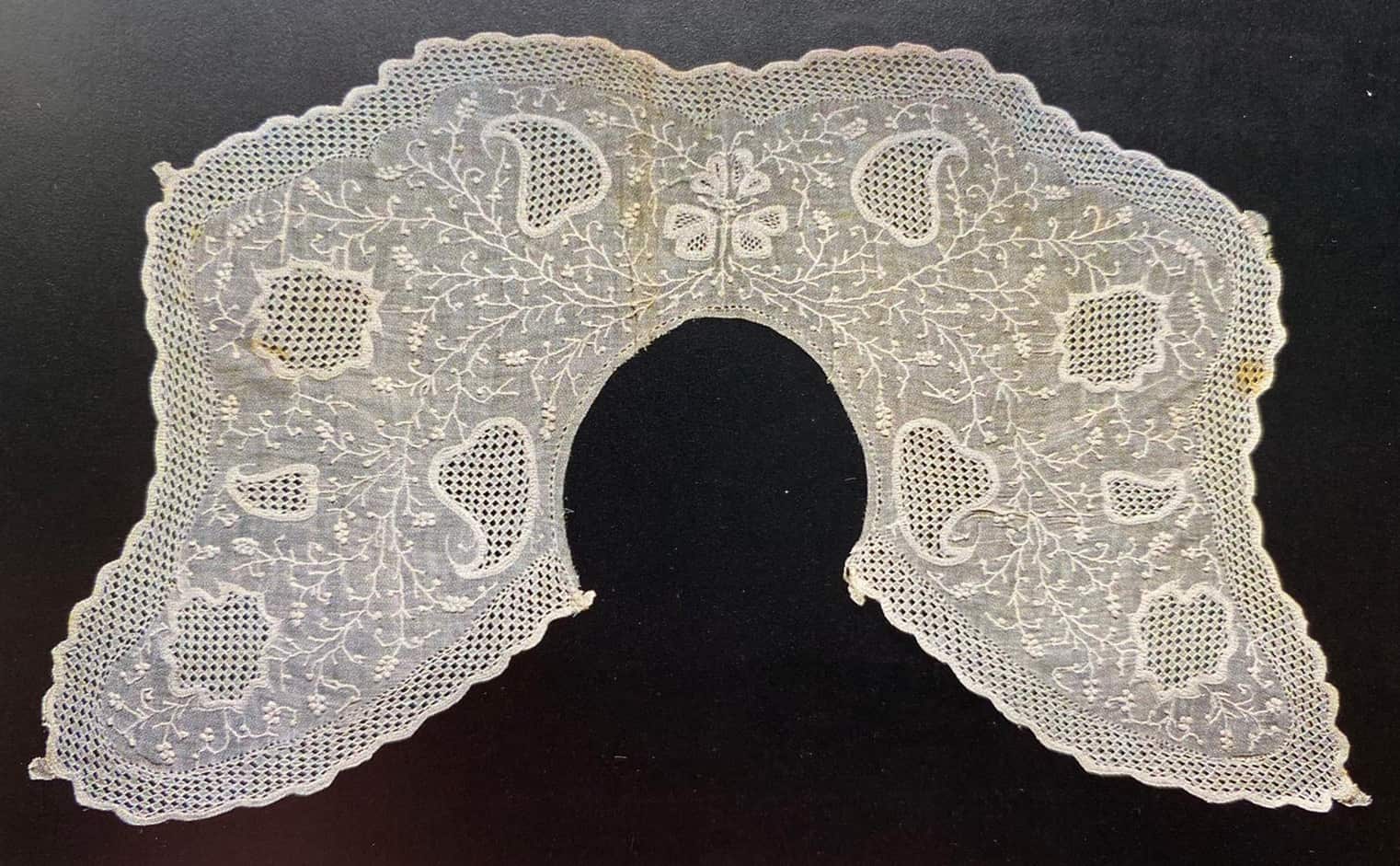
No Comments